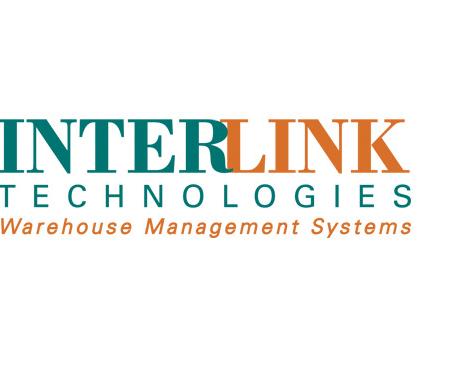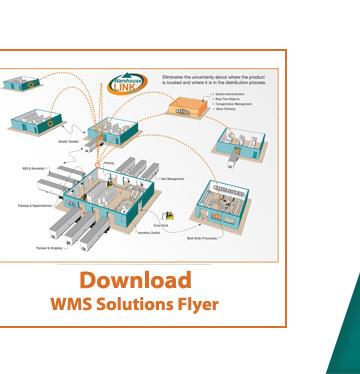Every successful Warehouse Management System (WMS) implementation depends on successful labeling of the warehouse or distribution center. An understanding of labels, automatic data collection devices, facility layout, and operations before taking on the task of labeling will ease the pain of setting up the warehouse with barcodes.
Barcode Labels
Not all barcode labels are created equal. There is a wide range of variances in the type of barcode used, label adhesive, label durability and scan distance of the label or sign.
Knowing the type of barcode (Code 3 of 9, Code 128, Code I 2 of 5, etc.) that will be used is important. Barcodes have differing alphanumeric requirements, elements, and character and space lengths. Make sure the label selected will accommodate these requirements.
The environment can play havoc on labels. Surfaces may need to be prepped or cleaned before adhering the label, especially in dusty environments. Freezer and cold temperature environments require specialized labels with adhesive formulated to tolerate sub-zero temperature. Another solution may be magnetic labels in challenging environments.
Label durability deserves some thought. Do you need plastic labels, non-tear labels, or labels that are cost efficient and easily replaced? Is the label going to be on the floor where forklifts drive over it? If so, the label may need to be secured with a frame to the floor – and require drilling to attach the hardware to the floor.
Label scanning needs to take into consideration the depth of field, capabilities of the mobile device, label size and warehouse lighting. Warehouses with low lighting or hanging signs that require long distance scans may need retro-reflective labels. An alternative to hanging signs that require longer scanning distance is stacking labels at a lower level (also called totem).
Checking with an experienced label provider will ensure that these requirements are satisfied.
Automatic Data Collection
The warehouse management system relies on the mobile computing device and the barcode label performing first-time scans. First-time scan performance eliminates frustrations and creates smooth operations.
Selecting mobile scanning and mobile computing devices can be a daunting job. There are hundreds of vendors and thousands of product choices.
Questions to consider when evaluating mobile computing devices: How durable does the device need to be? What is the scanning process? Does the device need to be mounted to material handling equipment like a forklift? Which is better for the job - a handheld device or a wearable device? What type of scanning will be done – long range scanning or short range scanning? What type or temperature is the environment where the device be used? Dusty environments and cold environments require special equipment and labels. Dusty environments required rugged, sealed mobile computing devices and cold temperature environments require devices with heaters and condensation protection.
Working with a WMS specialist and a reliable vendor will help narrow the daunting process.
Facility Layout
Mapping the facility layout and specifying racking type, floor storage, type of equipment used, and aisle size (narrow aisle), is key to accomplishing a good foundation for labeling for the warehouse. Thinking through location logic with the WMS logic and rules produces aisle and zone names that work successfully. The more details and thought given before the actual labeling, the less likely plans will need to be changed and the more likely a successful project will result.
Warehouse Operations
Labeling the warehouse requires an understanding of every warehouse operation from receiving to putaway to picking to shipping and everything in between. Talk to the people who are going to be using the WMS and having to scan the labels. Workers need to understand the scanning distance and when to scan the barcode for the WMS.
In addition to physically labeling the warehouse locations, inventory needs to be labeled. Inventory labels are pre-printed labels or labels printed in-house. Scanning the inventory label receives the inventory into the warehouse management system, and tracking begins.
Warehouse Management System implementations require a team effort. Labeling the warehouse is one of the most critical components to the team effort, but with forethought and planning, it can be a smooth process.
For more information, check out these links:
Mobile Computing
Five Key Steps to a Successful Warehouse Label and Sign Installation Project
Tricks of the Trade








